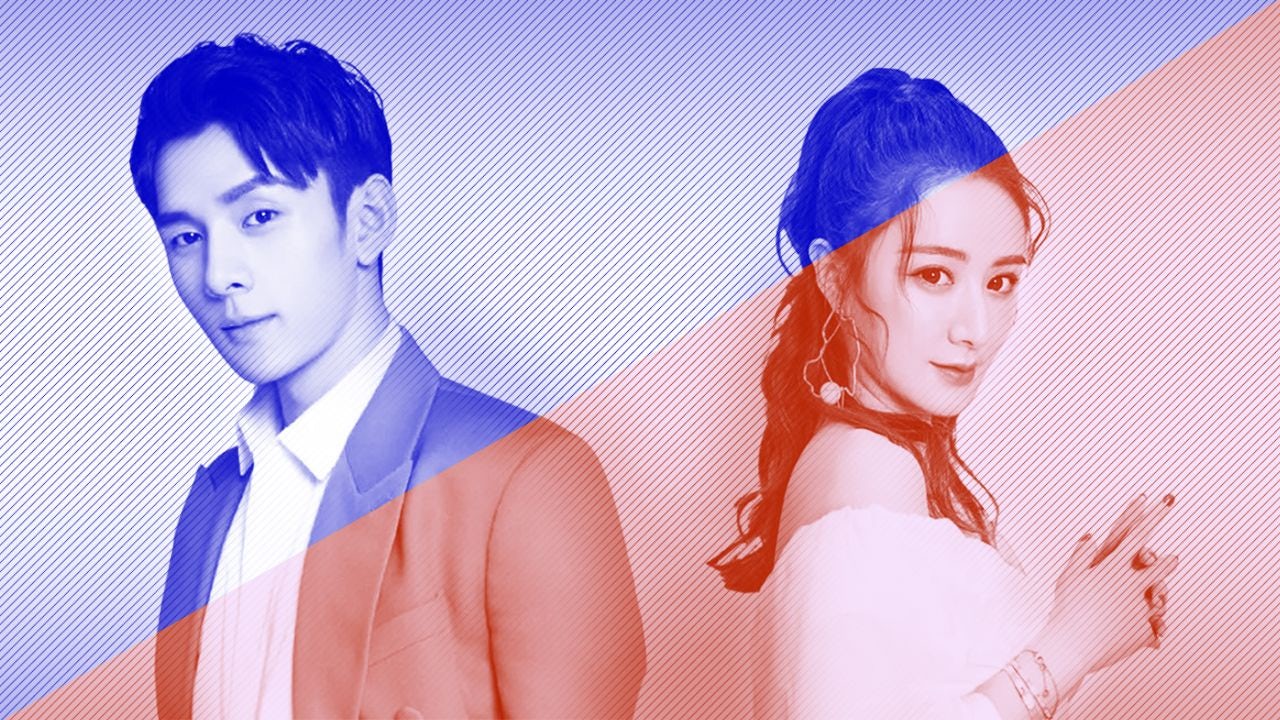2020 is shaping up to be an exciting and unpredictable year. The young generation will continue to disrupt the established luxury players, forcing them to change their approaches and mindsets in several ways: from exclusive to inclusive, from consumption to recreation, and from controlled to unpredictable. This will naturally recalibrate how luxury brands approach their strategies for China, whether it’s marketing, or on a product or distribution level. Given this, here are Jing Daily’s six predictions for the 2020 Chinese luxury market.
Brands will be more culturally sensitive to the Chinese market#
2019 was a series of brand missteps in the Chinese market. From Versace and Coach to Tiffany and Dior — all long beloved by Chinese customers — brands have been heavily criticized for cultural insensitivity towards China. Given this, we expect brands will be even more attentive and attuned to local consumers. Cultural sensitivity should be a kernel that forms with brand decision-makers and is adopted company-wide. However, as important drivers in the process of localization, brands’ local team and Chinese staff will have more of a voice when it comes to domestic matters.
Luxury brands will become increasingly D2C- like#
Luxury brands faced challenges from niche brands and more D2C brands, which reflect the new wave of consumer demand among the younger generation during 2019. Next year, digitally-native brands like Warby Parker, Everlane, Glossier will become the new luxury — even though their products are not so different from the brands they are disrupting. Their formulas which include a distinctive DNA, grass-root marketing, and constant revision of product formula due to consumer demand, are drastically different to luxury brands with who have a controlled brand image, precise merchandizing and trendsetting design. In China, homegrown brands and Taobao vendors will react to consumer brands both in design and customer service terms. Already, local brand Perfect Diary communicated with consumers and reacted to the latest social trends by dropping special editions. While luxury brands may not become entirely D2C, they can utilize their marketing strategies. User-generated content will become an irreversible trend, whether that’s in customized products or social media engagement. This fits the soft ownership concept among Gen Zers — even if they purchase, they want to co-create with brands and seek out products they can put their spin on.
Luxury brands shift value to inclusion and fluidity#
Benefiting from China’s Reform and Opening policy, and the country’s increasing globalization, Chinese millennials and Gen Zers are surrounded by fluctuating technology and concepts. They are, therefore, far more open to novel ideas than previous generations. For example, Chinese citizens are now more welcoming to the concept of gender binary; when unisex style emerged in China fifteen years ago, the lack of boundaries between females and males was heavily criticized whereas now it is more tolerable. Trends are now moving towards gender-inclusivity and as brands like Supreme, uncovered by millennials, go mainstream, exclusivity, diversity, and authenticity will be the keywords for future Gen Zers.
Rental fashion and pre-own goods will become more popular#
The rental fashion and luxury resale market in China will keep growing. Young Chinese consumers don’t attach a stigma to second-hand goods and set less ownership towards commodities. Moreover, issues such as sustainability, affordability and a move towards retro-design aesthetics, will entice younger generations to opt for pre-owned goods. Inspired by this, luxury brands, too, will look to their archives and launch iconic re-editions of past designs. In turn, Jing Daily predicts brands will devote more attention to their vintage collections and control distribution as it will validate their full-price goods.
The intersection between art and fashion continues to reap rewards#
Curation was the buzzword of 2019. Exhibitions have been hyped as the golden tickets for heritage luxury brands to reach high-end Chinese consumers. But, will heritage exhibitions intrigue young shoppers during 2020? This is a costly trend for brands, however. While luxury brands strive to maintain their positioning through a combination of history and legacy, younger consumers prefer statements that resonance with their lives today. Some principal players have leveraged the intersection between contemporary art and fashion to explore the socio-cultural issues that resonate with young consumers, for example, Louis Vuitton's “Coming of Age,” curated by Virgil Abloh. Products will be treated as collectables in their own right by younger consumers - especially limited editions and collaborations. Regional-specific products that integrate local culture or artistic collaborations like Dior x KAWS will also appeal.
5G will drastic elevate the shopping experience online and offline#
5G’s impact on the fashion industry will be far-reaching and fast, in particular in China. Accelerated internet speeds will bring drastic changes to shoppers’ experiences online, while the use of live streaming and AR or VR will become more mainstream, acting as an important tool to help consumers make purchasing decisions. Smart retail will continue to underpin offline experiences — Gucci and Burberry both signed strategic partnerships with Tencent to combine social media and retail.

